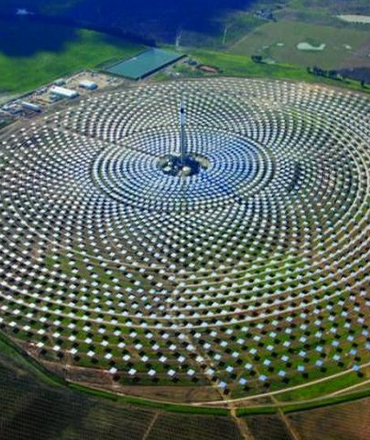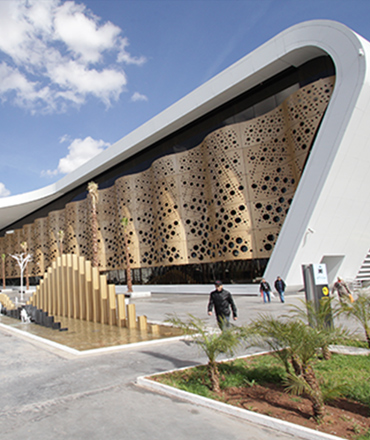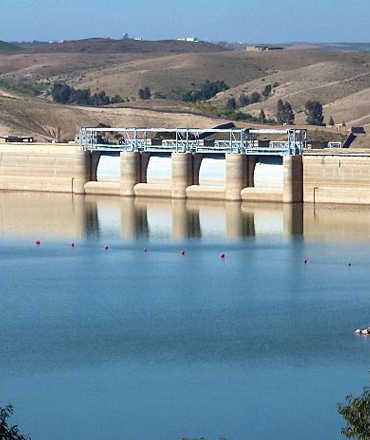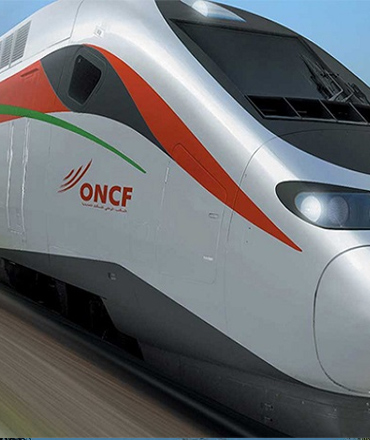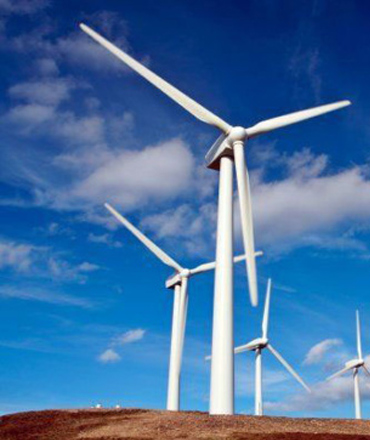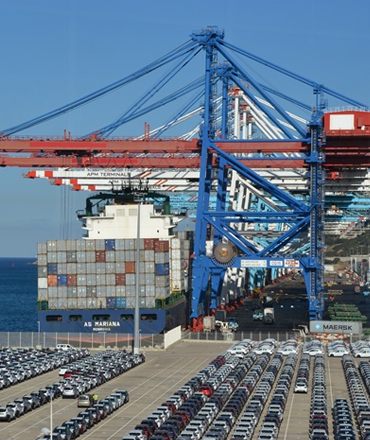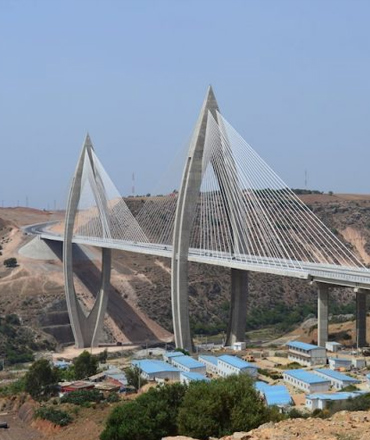Morocco is developing exportable expertise
The royal policy of building dams, which currently exceeds 140 with an overall reservoir capacity of over 18.6 billion cubic meters, has contributed to the production of drinking water, hydroelectric power, and irrigation and flood protection. These infrastructures, which are of vital use during recurrent periods of drought and water scarcity, have likewise strengthened the agricultural strategy of the Green Morocco Plan and corroborated this sector as a lever for overall development.
The strength of this policy has also enabled the development of skilled individuals, which today export their know-how and expertise to other countries wishing to benefit from the Moroccan experience.
The Kingdom aims to achieve a storage capacity of 30 billion cubic meters of rainwater in the coming years and to increase the number of dams to 170 by 2030.
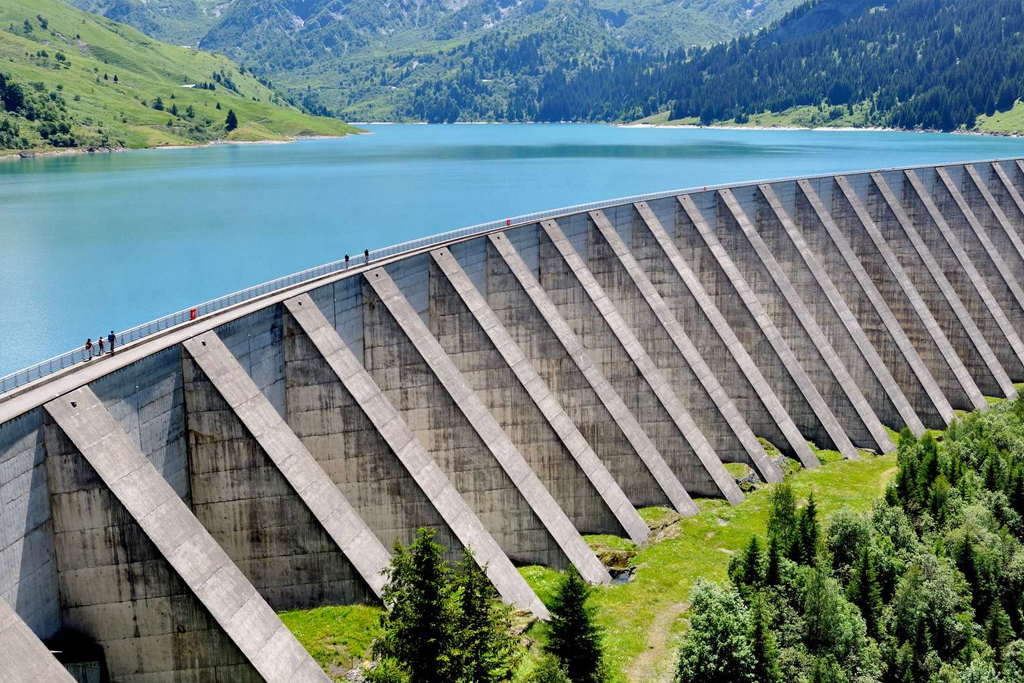
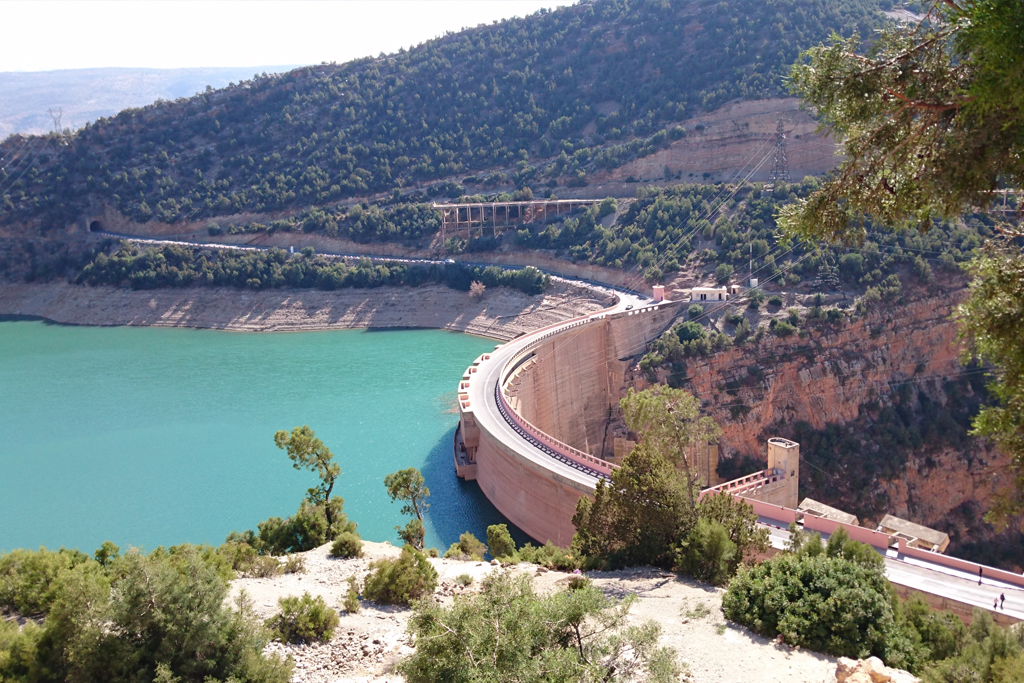
Bin el Ouidane dam
Is a Moroccan dam located in the province of Azilal (Tadla-Azilal region), designed by the engineer André Coyne.
A significant building in dam construction, it has a dual vocation: energy production and irrigation. It is considered the highest arch dam in Africa and the largest in Morocco in energy production. Its irrigation capacity concerning the Tadla plain, which belongs to the pre-Atlas interior plain of Tadla (3,500 km2), extended into the Marrakech-Safi region by the Sraghna plain. The dam has made it possible to develop 69,500 ha of fertile land over 125 km in length. Moroccan government policy in the early 1960s was to achieve irrigation of one million hectares. Despite the extensive network of dams, Morocco faces some challenges such as: drought and the filling of dams with mud, which influences water retention.
Source : Wikipedia




